
- Statistics Stats
- You are here:

Dave Matthews Band Announce Summer Tour Dates, New Album
- Last updated: 24 Jan 2023, 19:29:48
- Published: 24 Jan 2023, 19:29:48
- Written by: Bree Wilde
- Photography by: Chris McKay
- Categories: Tour Dates Tagged: Dave Matthews Band
Dave Matthews Band fans, mark your calendars. May 19, 2023 is both the kickoff of the band's summer headlining tour AND the release of their 10th studio album, Walk Around The Moon . After a handful of dates in Mexico, the extensive run will start in The Woodlands, Texas and include multiple two-night stays. The tour wraps with three nights at the historic Gorge Amphitheater in Washington.
"Madman's Eyes" is officially released as a single today, a song DMB live debuted in November of 2021 . Other songs from the forthcoming LP that have been performed live are the album's title track , " The Ocean and the Butterfly " " Break Free " " Singing From The Windows " " The Only Thing " and " Something to Tell My Baby ."
Tickets will go on sale to the general public on February 17 at 10 am local time.
DMB concluded their fall tour with two nights at Madison Square Garden - see the final setlist of 2022 here .
DAVE MATTHEWS BAND – 2023 NORTH AMERICAN TOUR DATES
Date City/State/Province Venue
5/9 Mexico City, DF Auditorio Nacional
5/11 Monterrey, NL Auditorio Pabellon M
5/13 Guadalajara, JAL Teatro Diana
5/19 The Woodlands, TX The Cynthia Woods Mitchell Pavilion
5/20 Dallas, TX Dos Equis Pavilion
5/23 Rogers, AR Walmart AMP
5/24 Southaven, MS BankPlus Amphitheater at Snowden Grove
5/26 Nashville, TN Bridgestone Arena
5/27 Cincinnati, OH Riverbend Music Center
5/30 Wilmington, NC Live Oak Bank Pavilion at Riverfront Park
5/31 Wilmington, NC Live Oak Bank Pavilion at Riverfront Park
6/2 Charleston, SC Credit One Stadium
6/3 Charleston, SC Credit One Stadium
6/9 Forest Hills, NY Forest Hills Stadium
6/10 Hartford, CT Xfinity Theatre
6/14 Darien, NY Darien Lake Amphitheater
6/16 Bangor, ME Maine Savings Amphitheatre
6/17 Mansfield, MA Xfinity Center
6/23 Burgettstown, PA The Pavilion at Star Lake
6/24 Columbia, MD Merriweather Post Pavilion
6/27 Clarkston, MI Pine Knob Music Theatre
6/29 Milwaukee, WI American Family Insurance Amphitheatre
6/30 Noblesville, IN Ruoff Music Center
7/1 Noblesville, IN Ruoff Music Center
7/7 Chicago, IL Huntington Bank Pavilion at Northerly Island
7/8 Chicago, IL Huntington Bank Pavilion at Northerly Island
7/11 Gilford, NH Bank of New Hampshire Pavilion
7/12 Gilford, NH Bank of New Hampshire Pavilion
7/14 Saratoga Springs, NY Saratoga Performing Arts Center
7/15 Saratoga Springs, NY Saratoga Performing Arts Center
7/18 Holmdel, NJ PNC Bank Arts Center
7/19 Wantagh, NY Northwell Health at Jones Beach Theater
7/21 Camden, NJ Freedom Mortgage Pavilion
7/22 Camden, NJ Freedom Mortgage Pavilion
7/25 Alpharetta, GA Ameris Bank Amphitheatre
7/26 Orange Beach, AL The Amphitheater at the Wharf
7/28 West Palm Beach, FL iTHINK Financial Amphitheatre
7/29 West Palm Beach, FL iTHINK Financial Amphitheatre
8/24 Highland, CA Yaamava’ Resort and Casino
8/25 Irvine, CA FivePoint Amphitheatre
8/26 Irvine, CA FivePoint Amphitheatre
8/29 Bend, OR Hayden Homes Amphitheater
9/1 George, WA Gorge Amphitheatre
9/2 George, WA Gorge Amphitheatre
9/3 George, WA Gorge Amphitheatre
Walk Around The Moon – Track Listing
Walk Around The Moon
Madman’s Eyes
Looking For A Vein
The Ocean And The Butterfly
It Could Happen
Something To Tell My Baby
After Everything
All You Wanted Was Tomorrow
The Only Thing
Singing From The Windows
Latest News

Chappell Roan Joins Olivia Rodrigo On Stage at Intuit Dome

Taylor Swift Closes Out Eras Tour Europe With Surprises Galore
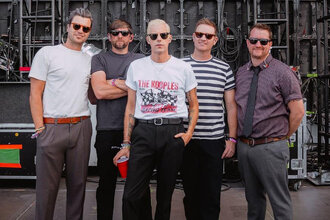
Something Corporate Resumes Out of Office Tour 2024

Marquee Memories: Foster The People
Most played songs.
- Ants Marching ( 1268 )
- Jimi Thing ( 1065 )
- Tripping Billies ( 954 )
- Warehouse ( 916 )
- Two Step ( 900 )
More Dave Matthews Band statistics
Gigs seen live by
13,195 people have seen Dave Matthews Band live.
SKRyan55 mlubomski AVOCADOJR alilicat AnubisKhan Ichelob adamtravismusic Whyitderp WishIMight cperrone82 Chuck_Shick_Esq Butterscotchh jmhandler whydock Emehta015 Jms020709 kaseymoore1722 Emilyderieux CassAl zm16203 journeyfan musicmya2 martiniguy TonyD10 Gabbbbbbbbbb bob_h98 Hslater22 shmackydoo meagsidmb Cender12 EddieJSpaghetti Cam325 Mae81580 Jmccas2 ExNihilo DMBfan43 rboyer BillNinDE PhillyWook matthews2722 lucochar89 RaeChill5591 kenjmack qazlestat Rkratz63 jokertpm2 Giordanom2 MikeKearns5 jbkeels Rpapfel
Showing only 50 most recent
More from Dave Matthews Band
- More Setlists
- Artist Statistics
- Add setlist
- Setlist Insider See the artists dive into their own setlist data.
- Live Debuts Witness the first time a song is performed live.
- Setlist.fm Exclusives Videos, photos and interviews - see it here first.
- Covers Better than the original? You decide.
- Guest Appearances Keeping track of the on-stage cameos.
- Setlist History Looking back on moments in music history.
- Tour Dates How to catch your faves: The who, what, where and when.
- Festivals News about the multi-artist, multi-day extravaganzas.
- General News Other music-related news.
- Aug 21, 2024
- Aug 20, 2024
- Aug 19, 2024
- Aug 18, 2024
- Aug 17, 2024
- Aug 16, 2024
- FAQ | Help | About
- Terms of Service
- Ad Choices | Privacy Policy
- Songtexte.com
20 years ago 'Slow Motion' reigned as #1 song and Dave Matthews' bus rained #2 on a tour boat

It was 20 years ago when a Dave Matthews Band tour bus dumped 800 pounds of human waste onto dozens of people under the Kinzie Street Bridge in Chicago while they were out sightseeing on a tour boat — giving horrible new meaning to the term "poop deck."
On Aug. 8, 2004, the band's bus driver mistakenly toggled a switch that opened the bus's septic tank, The Chicago Tribune reported, releasing the equivalent of 55 gallons of sand onto roughly 120 passengers taking a tour of the Windy City. Roughly two-thirds of the people seated on the upper deck of the vessel were soaked.
For a while, no one knew who was responsible for the dumping, according to the news outlet. The incident was later connected to the band, resulting in criminal charges, a lawsuit, apologies and what we suspect were a lot of dry cleaning bills.
Dave Matthews Band later settled with the state of Illinois , according to The Chicago Tribune, while the driver pleaded guilty to reckless conduct and pollution charges.
On Thursday's anniversary, people marked the occasion of the now infamous moment on social media. Here are some of the posts that 'crashed' into our feed.
What social media users are saying about the Dave Matthews Band bus moment
Cash App settlement: Indiana Cash App users can get up to $2,500 after a security breach settlement. Here’s how.
Natalie Neysa Alund with USA TODAY contributed to this article .
John Tufts covers trending news for IndyStar and Midwest Connect. Send him a news tip at [email protected] . Follow him on Twitter at JTuftsReports .
- Advanced Search
- Most Popular
- Enhanced Performances
- Largest tours
- Panto/Christmas Shows
- UKTW News/Reviews
- Newsletters
- Latest Information
Dave Matthews Band
Archive listings.

- Visit Our Blog about Russia to know more about Russian sights, history
- Check out our Russian cities and regions guides
- Follow us on Twitter and Facebook to better understand Russia
- Info about getting Russian visa , the main airports , how to rent an apartment
- Our Expert answers your questions about Russia, some tips about sending flowers

Russian regions
- Chelyabinsk oblast
- Khanty-Mansi okrug
- Nefteyugansk
- Nizhnevartovsk
- Kurgan oblast
- Sverdlovsk oblast
- Tyumen oblast
- Yamalo-Nenets okrug
- Map of Russia
- All cities and regions
- Blog about Russia
- News from Russia
- How to get a visa
- Flights to Russia
- Russian hotels
- Renting apartments
- Russian currency
- FIFA World Cup 2018
- Submit an article
- Flowers to Russia
- Ask our Expert
Khanty-Mansi Autonomous Okrug - Yugra, Russia
The capital city of Khanty-Mansi okrug: Khanty-Mansiysk .

Khanty-Mansi Autonomous Okrug - Yugra - Overview
Khanty-Mansi Autonomous Okrug - Yugra is a federal subject of Russia, part of the Urals Federal District. Khanty-Mansiysk is the capital city of the region.
The population of Khanty-Mansi Autonomous Okrug - Yugra is about 1,702,200 (2022), the area - 534,801 sq. km.
Khanty-Mansi okrug flag
Khanty-mansi okrug coat of arms.
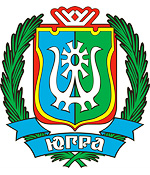
Khanty-Mansi okrug map, Russia
Khanty-mansi okrug latest news and posts from our blog:.
21 March, 2020 / Nizhnevartovsk - the view from above .
8 November, 2017 / Surgut - the view from above .
4 March, 2017 / Khanty-Mansiysk - the view from above .
12 February, 2016 / Khanty-Mansi Autonomous Okrug from above .
21 May, 2013 / The most powerful thermoelectric power station in Russia .
More posts..
History of Khanty-Mansi Autonomous Okrug - Yugra
Yugra is the historical homeland of the Ob-Ugric peoples: Khanty, Mansi, Nenets, and Selkup. They were engaged in hunting, fishing, cattle breeding. After the Turkic peoples pushed them from south to north, these peoples had to apply their skills in more severe conditions. It is at this new location Ugrians began to domesticate deer.
In the first half of the second millennium AD, the main features of the material and spiritual culture of Khanty, Mansi and forest Nenets were formed. It is believed that since then they have not undergone major changes. Since the second half of the 13th century, a new factor in the development of the region was its entry into the Golden Horde.
At the end of the 14th century, the collapse of the Golden Horde led to the emergence of a separate Tyumen Khanate. In 1495, the Siberian Khanate appeared. At that time the basic principles of political, administrative and socio-economic organization of this territory were developed. The region was called Ugra or Yugra.
More historical facts…
The region became part of Russia in the end of the 16th century. From the middle of the 18th century, this region became a place of exile for criminals. December 10, 1930, Ostyako-Vogul national okrug was formed with the center in the settlement of Samarovo. Construction of a new center began 5 km away from it. In February 1932, the new center of the region was named Ostyako-Vogulsk.
In 1934, the first steps to find oil and natural gas in the region were taken. October 23, 1940, Ostyko-Vogul national okrug was renamed Khanty-Mansi national okrug and Ostyko-Vogulsk was renamed Khanty-Mansiysk. August 14, 1944, the region became part of Tyumen Oblast. On January 27, 1950, Khanty-Mansiysk became a city.
On September 21, 1953, in Berezovo, the first natural gas in Western Siberia was produced. On June 23, 1960, the first oil in Western Siberia was discovered near Shaim. This was followed by the discovery of many other oil and natural gas fields. Along with the industrial exploitation of oil and gas fields, the timber industry developed rapidly.
By the end of the 20th century, under the influence of demographic and socio-economic developments the Khanty-Mansi region in fact lost its national basis. On July 25, 2003, Khanty-Mansi Autonomous Okrug was renamed Khanty-Mansi Autonomous Okrug - Yugra.
Khanty-Mansi Autonomous Okrug - Yugra views
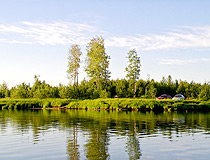
Rest on the lake in Yugra
Author: O.Frolov
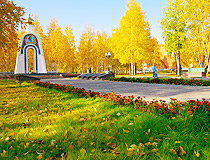
Golden autumn in the Khanty-Mansy region
Author: Leonid Karpushin
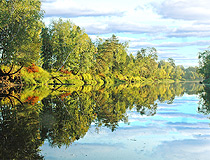
Beautiful nature of Yugra
Khanty-Mansi Autonomous Okrug - Yugra - Features
The name of the region is associated with the self-names of the two main groups of northern peoples - Khanty and Mansi. In the Middle Ages, the word “Yugra” was used to refer to peoples and lands beyond the Northern Urals.
This region, located in the middle of Russia, occupies the central part of the West Siberian Plain. Its territory stretches from west to east for almost 1,400 km, from north to south for 900 km. The area of the region is comparable to France or Ukraine.
The climate is temperate continental characterized by rapid change of weather especially in spring and autumn. Winters are long, snowy and cold with frosts below minus 30 degrees Celsius. Summers are short and warm. From the west this region is protected by the Ural mountains, from the north it is open to cold arctic air.
The highest points of the region are Mount Narodnaya (1,895 m) in the Polar Urals and Mount Pedy (1,010 m) in the Northern Urals. Two major rivers flow in Khanty-Mansi autonomous okrug: the Ob (3,650 km) and its tributary the Irtysh (3,580 km). About 30% of the territory is covered by swamps. There are more than 300,000 lakes surrounded by marshes and forests.
The largest cities of Khanty-Mansi Autonomous Okrug - Yugra are Surgut (396,000), Nizhnevartovsk (280,800), Nefteyugansk (128,700), Khanty-Mansiysk (106,000), Kogalym (69,200), Nyagan (58,500). Today, only about 32,000 people are representatives of indigenous peoples: Khanty, Mansi and Nenets. Half of them live in the traditional way.
This region is very rich in oil and natural gas. The largest oil and natural gas fields are Samotlorskoye, Fedorovskoye, Mamontovskoye, Priobskoye. There are also deposits of gold, coal, iron ore, copper, zinc, lead and other mineral resources.
The climate is not favorable for agriculture. Most of the agricultural products and foodstuffs is brought from other Russian regions. Waterways and railways are the main shipping ways. The total length of the pipeline network is 107,000 km.
About 60% of Russian oil is produced in Khanty-Mansi Autonomous Okrug - Yugra. In total, more than 10 billion tons of oil were produced here. The total number of oil and natural gas fields discovered is 475. In the coming decades, the Khanty-Mansi region will remain the main resource base of hydrocarbons in Russia.
Tourism in Khanty-Mansi Autonomous Okrug - Yugra
Yugra has unique natural, cultural and historical resources for the development of recreation and tourism. On the territory of the region there are historical and cultural monuments, as well as modern infrastructure for lovers of cultural, educational, recreational tourism, and outdoor activities. International events (sports competitions, festivals and forums) help to open this place to foreigners as an amazing corner of the globe.
Khanty-Mansi Autonomous Okrug - Yugra has a number of wonderful natural sites worthy of attention: two nature reserves (“Malaya Sosva” and “Yugansky”), four nature parks (“Samarovsky Chugas”, “Siberian ridges”, “Numto”, “Kondinskie lakes”), ten monuments of nature, archeological complexes (“Barsova Mountain”, “Saygatino”, Sherkaly settlement).
Holidays of the northern peoples are also popular among tourists: Reindeer Herder’s Day, Day of indigenous Peoples of the North “Crow day”, Fisherman’s Day, Bear holiday and others.
Active and extreme types of tourism (skiing, snowboarding, kiting) are gaining in popularity. There are seven ski resorts in the region. In summer, travelers can go rafting on mountain rivers of Siberia. Tourists can also go on a special oil tour that includes a visit to the oil-producing companies. They learn about the oil industry and the history of oil exploration in Siberia.
Khanty-Mansi Autonomous Okrug - Yugra is a region of endless charm of the beautiful nature and modern tourist facilities. True lovers of northern landscapes and local cultures will be able to fully enjoy the incomparable scenery and generous hospitality in Ugra.
Khanty-Mansi okrug of Russia photos
Khanty-mansi autonomous okrug scenery.
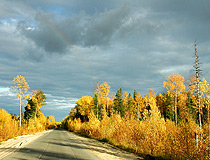
Road through autumn forest in Khanty-Mansi Autonomous Okrug
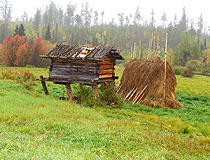
Deep winter snow is not a problem in Khanty-Mansi Autonomous Okrug
Author: Chernenko
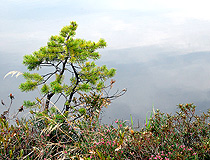
Yugra scenery
Author: Sergej Fedotov
Pictures of Khanty-Mansi Autonomous Okrug - Yugra
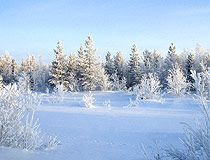
Winter in Khanty-Mansi Autonomous Okrug
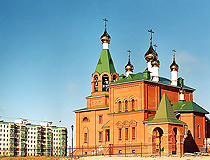
Orthodox church in Khanty-Mansi Autonomous Okrug
Author: Alexey Borodko
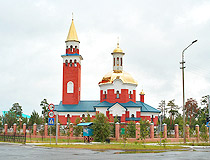
Church in Khanty-Mansi Autonomous Okrug
Author: Peter Sobolev
- Currently 2.77/5
Rating: 2.8 /5 (172 votes cast)
Our Associated Organizations
Our usefull links.
World Wildlife Fund
Baikal Environmental Wave
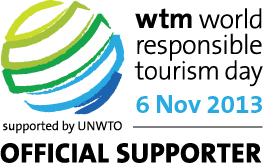

Share ×

Scan the QR code and open PeakVisor on your phone
❤ Wishlist ×
See all region register, peakvisor app, khanty-mansiysk autonomous okrug – ugra.
Welcome to the land of sheer silent whiteness. Its vast expanses are filled with fresh Arctic air, howling winds, and the spirit of true adventure. Come with us to the lands of the ancient Khanty and Mansi tribes that survived in this harsh climate of the Nether-Polar Urals . See the mountains that defy any logical or geological reason for their existence. Experience the wonders of this sparsely populated land where you can hardly see a human trace. Welcome to Yugra!
Flora & Fauna
Water resources, landmarks and tourism, major mountains, mount narodnaya, mount zaschita, mount neroyka, the pyramid mountain, samarovskaya mountain, ski and sports facilities, protected sites, reserves, national and natural parks, rivers and lakes, major cities, khanty-mansiysk.
The Khanty-Mansiysk Autonomous Area – Yugra (KhMAO) is located in the central part of the West Siberian Plain, stretching from west to east from the Ural Range to the Ob-Yenisei Watershed. The vast areas of this plain, as well as the Lower Priob region, are considered one of the most recently inhabited areas.
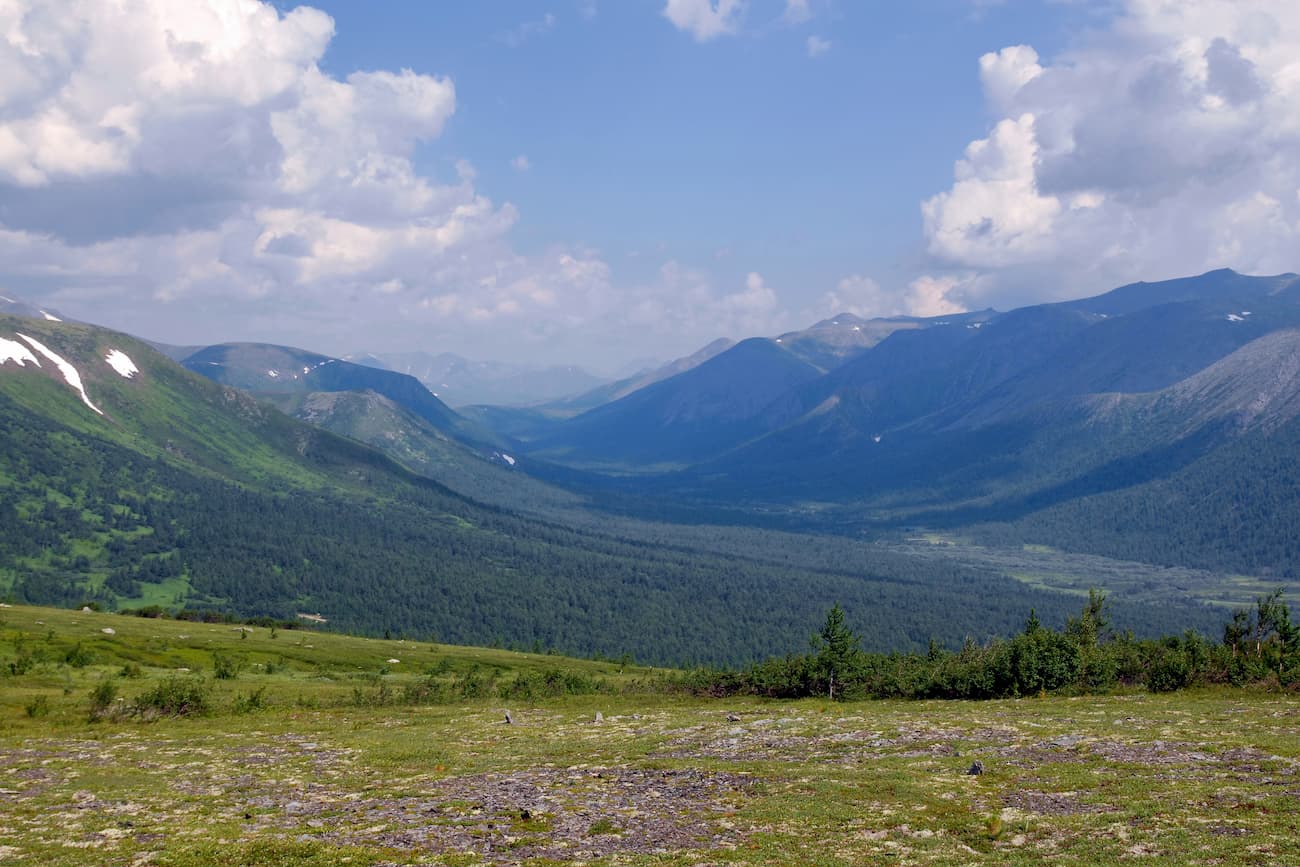
The Khanty-Mansiysk Autonomous Area (KhMAO) was established in 1930. Its name comes from two main northern indigenous peoples – the Khanty and the Mansi. From 1944 it was legally part of the Tyumen Region , but in 1993 the Area received autonomy and became a full-fledged territorial entity of the Russian Federation. It is a part of the Urals Federal District. The administrative centre is the city of Khanty-Mansiysk , whereas the largest city is Surgut. The word Yugra was introduced to the name of the Khanty-Mansiysk Autonomous Area in 2003 to pay tribute to the old name used by the locals to call the territories lying beyond the North Urals.
The KhMAO borders the Komi Republic in the north-west, the Yamalo-Nenets Autonomous District in the north, the Krasnoyarsk Area and the Tomsk Region in the east and south-east, the Tyumen Region in the south and the Sverdlovsk Region in the south-west.
The area of the territory is 534,801 sq.km, the length from north to south is 800 km, from west to east is 1400 km. The population of this huge territory is 1,674,676 people as of 2020, which is the same amount as people living in Barcelona or Munich.
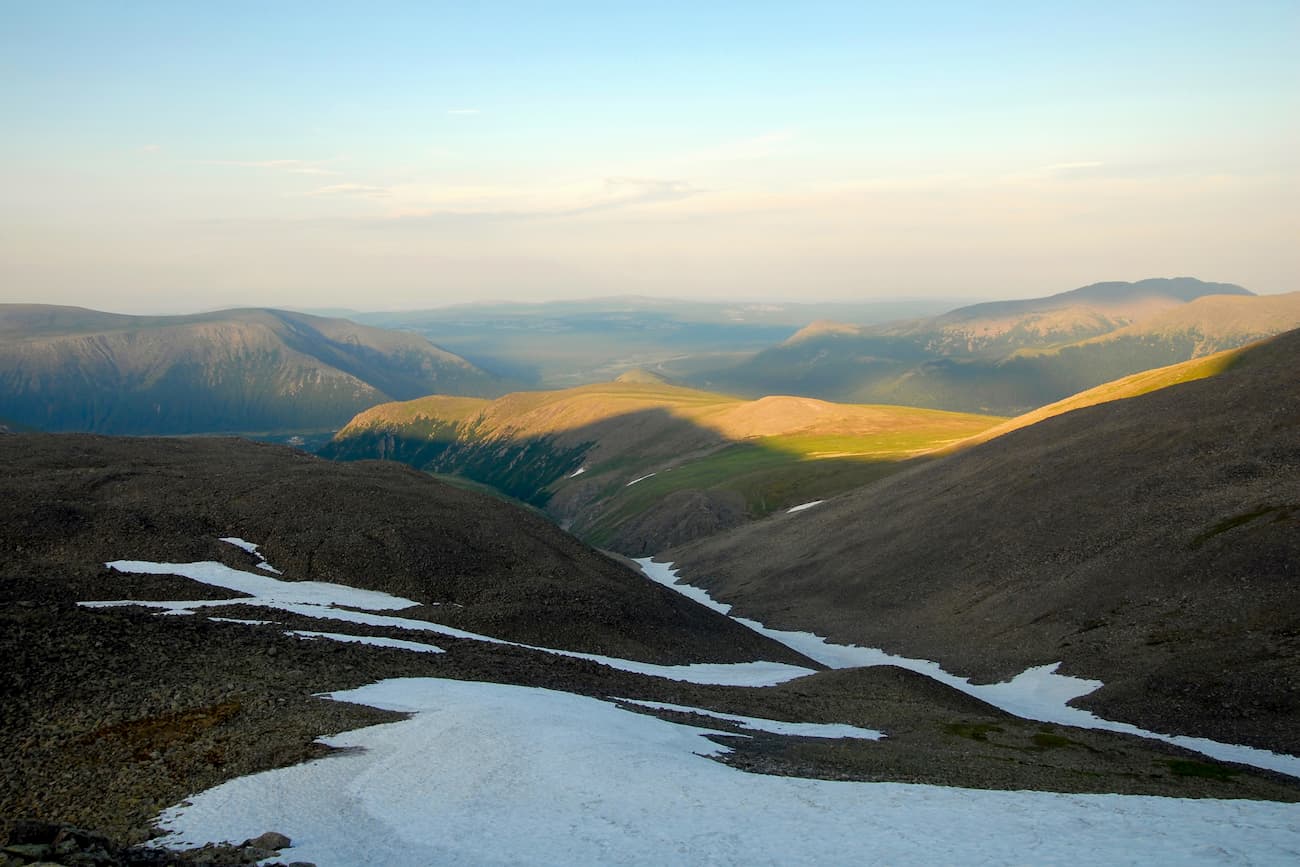
The main part of the territory is a huge, poorly dissected plain where absolute elevation marks rarely exceed 200 meters above sea level. The western part of the KhMAO territory is characterized by low and middle mountainous terrains with some Alpine relief featured in the Subpolar Urals. Here are ridges and spurs of the mountain system of the North Urals and the Subpolar Urals. The maximum absolute elevations are on the border with the Komi Republic . Mount Narodnaya (1,895m) is the highest peak.
More than 800 species of higher plants grow in the Khanty-Mansi Autonomous Area . Almost the entire territory is covered by taiga forests that occupy about 52% of the area. Spruce, fir, pine, cedar, larch, birch, alder grow here. In the northern parts of the area, the composition of the vegetation is greatly influenced by perennial permafrost. Light lichen grasslands which are used as deer pastures are widespread there. Tundra dominates in the mountainous and hilly areas. River floodplains and lowlands are characterized by meadow vegetation, the so-called water meadows. High floodplains of large rivers are mainly covered with woods that mainly feature willows, birches and aspens. Forests and swamps are rich in berries and various valuable plants, most of which are used in traditional indigenous medicine.
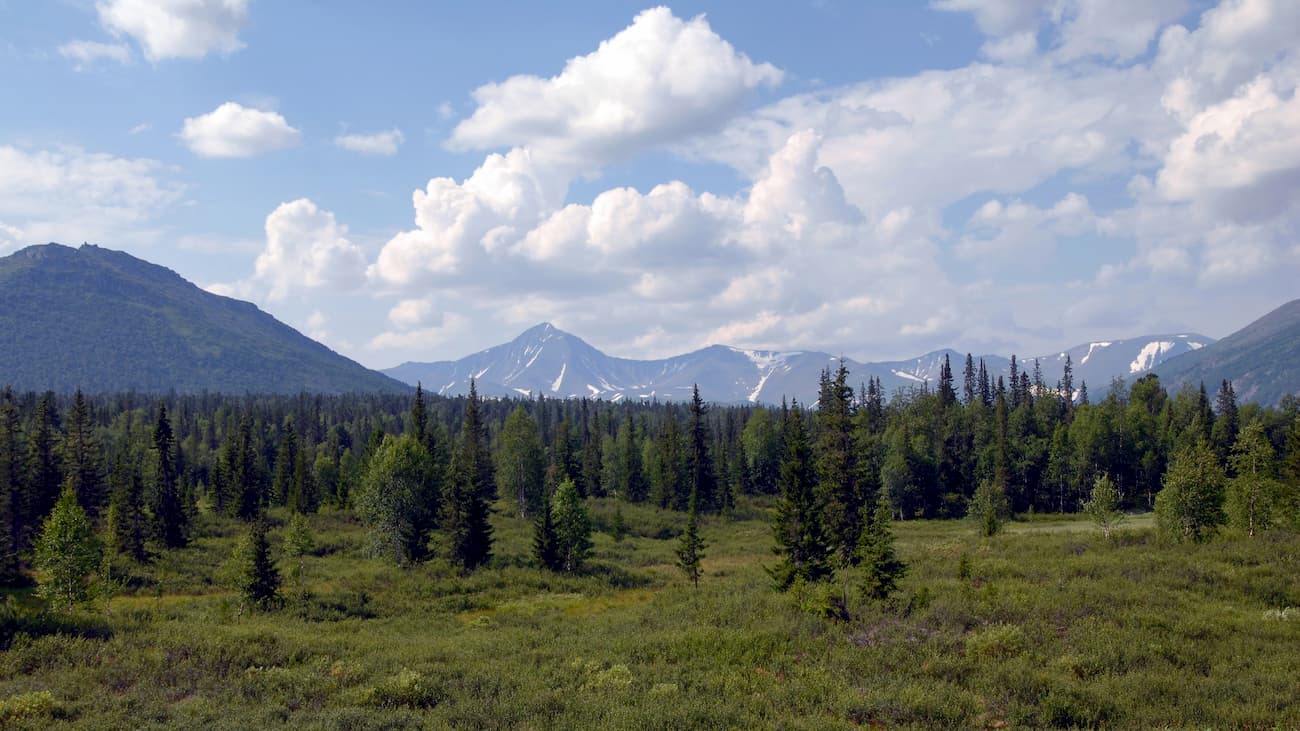
The animal world is typical for the Russian taiga zone. There are 369 species of vertebrates. Mammals are represented by 60 species (28 of them are commercial species). The most common and valuable of them are wild reindeer, elk, fox, sable, fox, squirrel, marten, ermine, Siberian weasel, polecat, mink, weasel, otter, hare and others. Wolverine and West Siberian river beaver are included in the Red Book of Russia.
There are 256 bird species in the region, including 206 sedentary and nesting species. Some rare bird species are listed in the Red Book. There are 42 species of fish in rivers and lakes. Of these, 19 species are commercial, among them are starlet sturgeon, lelema, muksun (whitefish), pelyad, chir, lake herring, wader, tugun, freshwater cod, pike, ide, roach, bream, fir, perch, ruff, golden and silver crucian carp, carp (carp is grown in the cooling ponds of the Surgutskaya and Nizhnevartovskaya hydroelectric plants). Sturgeon is listed in the Red Book. There is an abundance of mosquitoes and gnats in the area, the greatest activity of which is in the second half of summer.
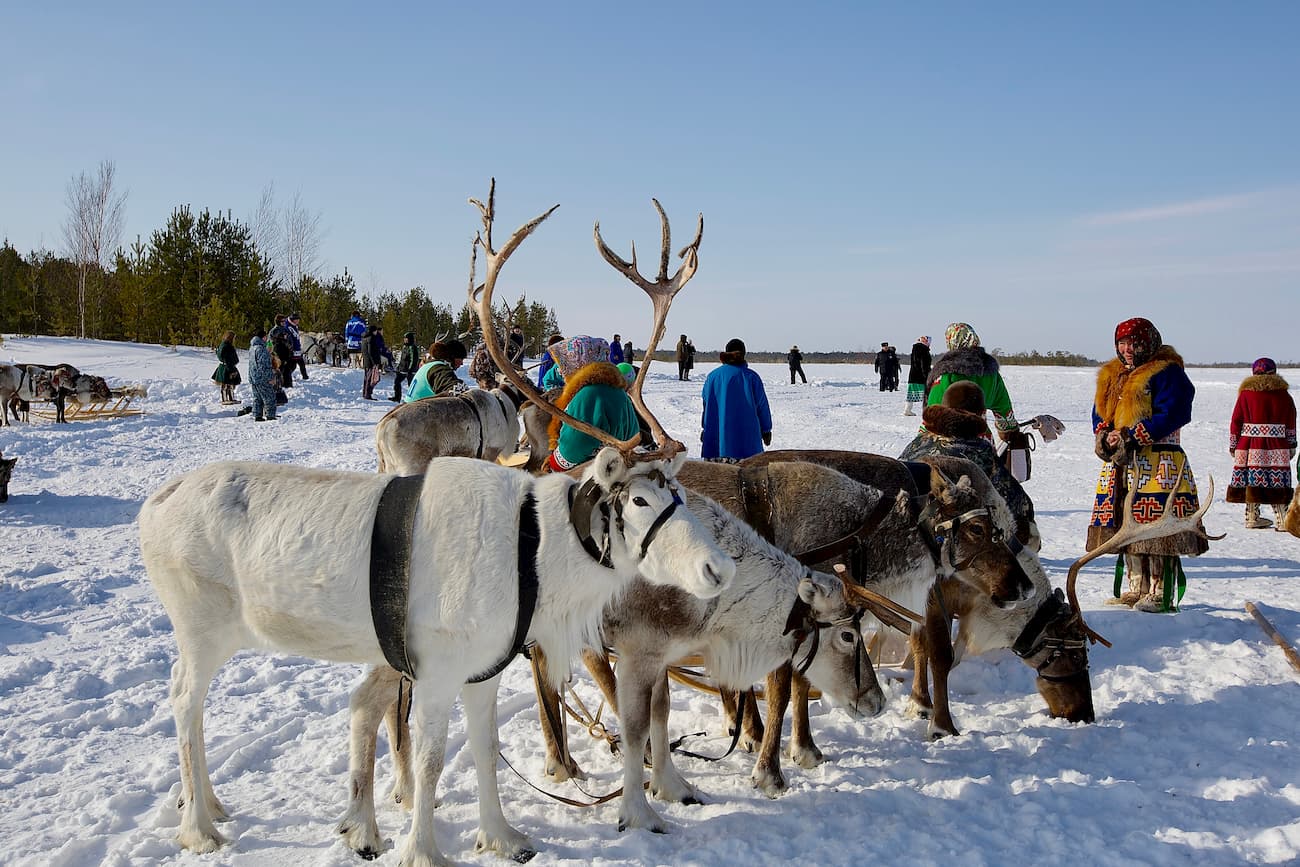
Yugra can boast of over 2 thousand large and small rivers, the total length of which is 172,000 km. The main rivers are the Ob (3,650 km), the Irtysh (3,580 km). These are some of the largest rivers in Russia. Other significant rivers include the tributaries of the Ob (the Vakh, Agan, Tromyogan, Bolshoy Yugan, Lyamin, Pim, Bolshoy Salym, Nazym, Severnaya Sosva, Kazym rivers), the tributary of the Irtysh (the Konda River) and the Sogom River. Ten rivers are over 500 km long. All the Yugra rivers with the exception of the rivers in the Ural part of the region are characterized by rather slow currents, gentle slopes, some surge wave phenomena, spring and summer floods. The Ob River basin extends over a distance of 700-200 km from the mouths of its tributaries. Such abundance of water facilitates the appearance of floodplain swamps and seasonal lakes.
The region's swamps are predominantly of the upper and transitional type. Those water basins occupy about a third of the region. About 290,000 lakes with the area of more than 1 ha are surrounded by swamps and forests. The largest lakes are Tursuntsky Tuman, Levushinsky Tuman, Vandemtor and Trmemtor. The deepest lakes are Kintus (48 m) and Syrky Sor (42 m). However, most of the lakes (about 90%) are modest and quite small and have no surface runoff.
The area is rich in resources of fresh, mineral and thermal underground waters, which are still insignificantly used.
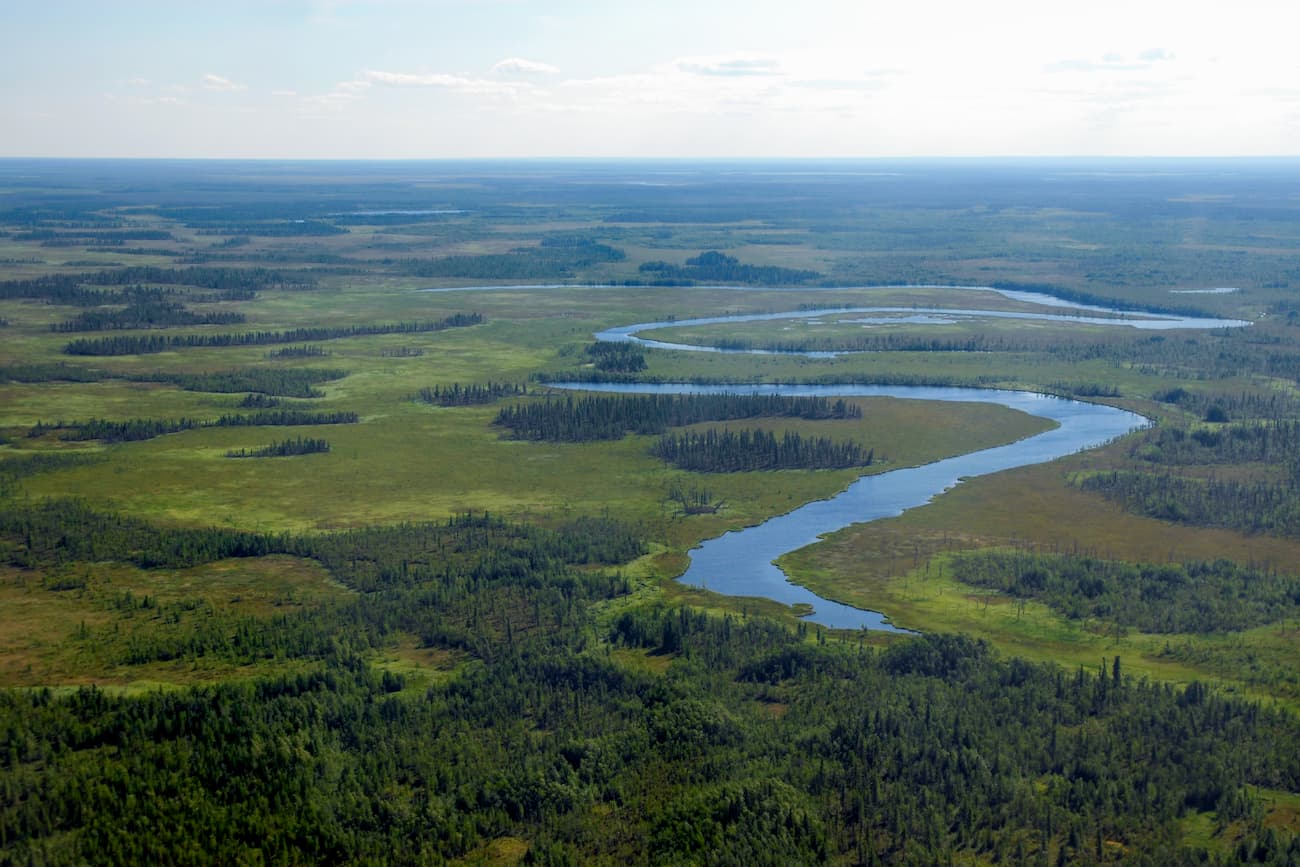
The climate is moderately continental. Winters are harsh, snowy and long, and summers are short and relatively warm. The territory is protected from the west by the Ural Mountains but its openness from the north has a significant impact on the climate formation because cold air masses from the Arctic freely penetrate the area. The flat character of the terrain with a large number of rivers, lakes and swamps also has its impact. Most of the precipitation falls during the warm seasons. But even with a small amount of precipitation, their evaporation is very low, which as a result contributes to the formation of the zone of excessive moisture throughout the Yugra. The snow cover is stable from late October to early May, its height varies from 50 to 80 cm. The region is characterized by a rapid change of weather conditions, especially in transitional seasons (autumn and spring), as well as during the day. Late spring and early autumn frosts are rather frequent and can happen even until mid-June. Average January temperatures range from -18ºC to -24ºC (0 F to -11 F) and can reach -60ºC to -62ºC (-76 F to -80 F) when the northern cold air masses break through. The average temperature in July, the warmest month of the year, ranges from +15ºC to +20ºC (+59 F to +68 F) and on very rare days can reach a maximum temperature of +36ºC (+97 F). The prevailing wind direction is north in summer and south in winter.
The weather in the mountains is quite changeable and cool even in summer. The best time to visit the region's mountains is between July and mid-August.
The Yugra of the Khanty-Mansi Autonomous Area has a huge natural resource potential. These are oil and gas deposits, forests, gold and iron ore deposits, as well as bauxites, copper, zinc, lead, niobium, tantalum, brown and hard coal deposits, rock crystal, quartz and piezo quartz, peat deposits, etc. The region has plenty of natural resources. In terms of natural gas reserves, the Yugra ranks second in the Russian Federation after the Yamalo-Nenets Autonomous District .
The industry is dominated by oil and gas production, power generation and processing industries, including woodworking except for pulp and paper production.
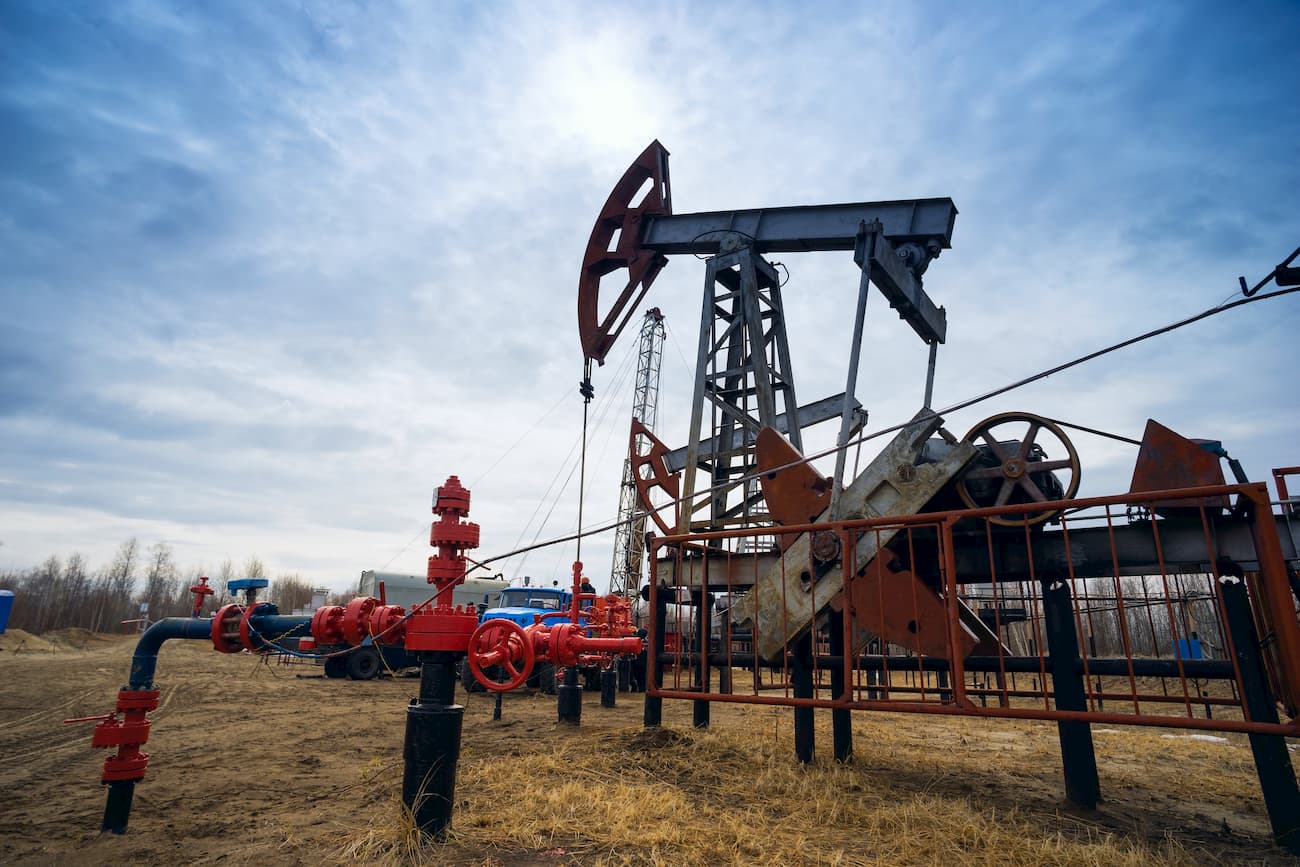
The Khanty-Mansi area has very developed tourism of all kinds. There is a modern infrastructure for cultural exploration as well as for active recreation.
Fans of sports and eco-friendly tourism will be able to conquer majestic mountains and raft down picturesque rivers, enjoy the beauty of nature in nature reserves and natural parks. The hills and mountains of this area open up endless opportunities for skiing and snowboarding.
The mountainous part of the Subpolar Urals located on the territory of the Khanty-Mansi Autonomous Area is very beautiful. The highest peaks of the Ural Mountains are situated here.
Being the highest point of the whole Urals, Mount Narodnaya (1,895 m), also known as Naroda and Poenurr and translated as People's Mountain is territorially situated in the Subpolar Urals, on the border of the Yugra Area and the Komi Republic . It is the highest point in European Russia outside the Caucasus. This leads to its large topographic prominence of 1,772 metres (5,814 ft).
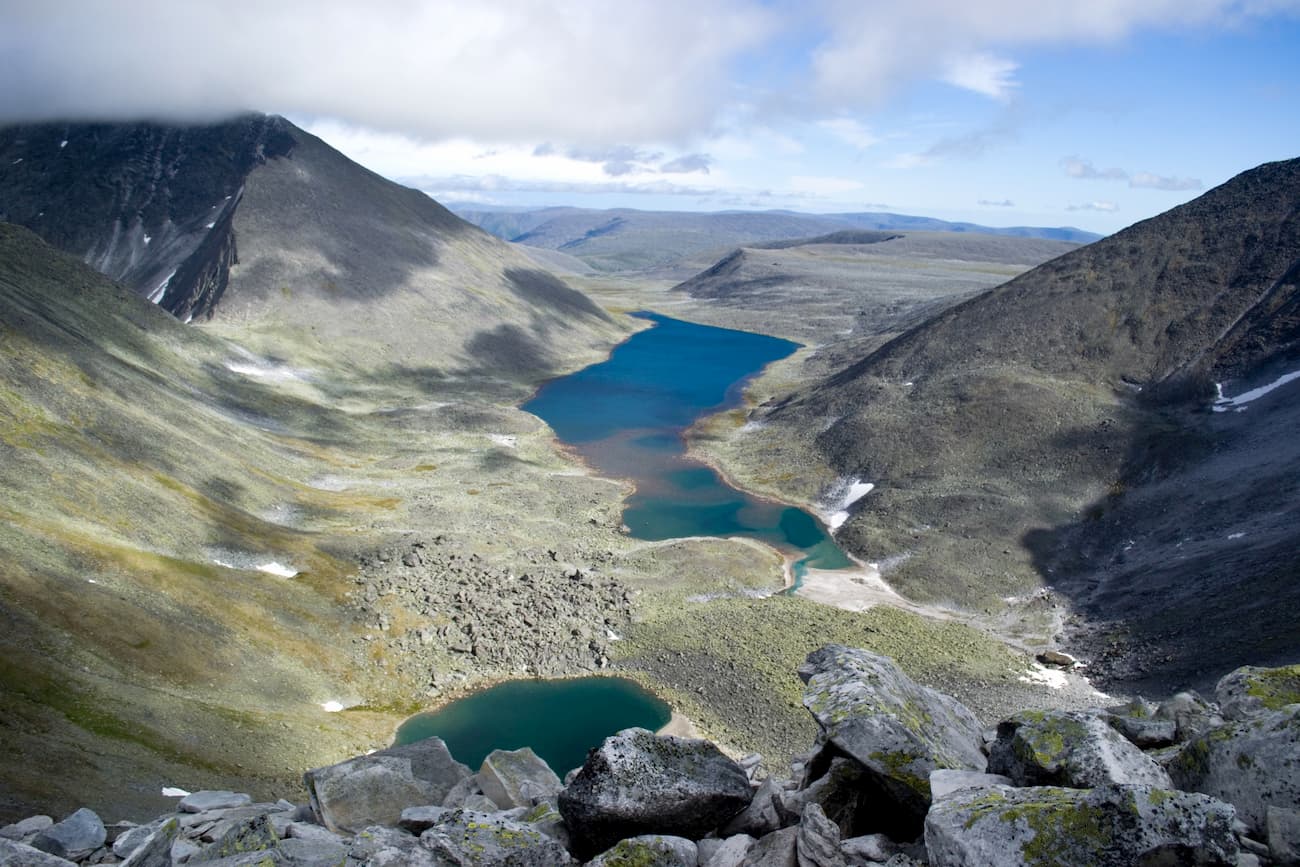
The top of the mountain is half a kilometre from the border towards Yugra. As for the name of the mountain, scientists could not come to a common opinion for a long time, so there are two versions. According to one version, in the Soviet years, an expedition of pioneers gave the mountain a name in honour of the Soviet people - Narodnaya (the stress is on the second syllable). According to the other version, even before the arrival of the first Soviet tourists, the peak was named after the River Naroda (the stress is on the first syllable) flowing at the foot of the mountain. The Nenets peoples called the River Naroda Naro, which means a thicket or a dense forest, and the Mansi peoples called it Poengurr or Poen-urr, which translates as the top, or head. The maps used to refer to it as Mount Naroda or Mount Naroda-Iz. Nowadays, it appears everywhere as Narodnaya.
In the 1980s, someone set a bust of Lenin on the top of the mountain. Its remains can be found there to this day. There is one more symbolic relic there – some Orthodox believers erected a worship cross on top of Mount Narodnaya after a Procession of the Cross.
The slopes of the mountain are steeper in the north-east and south-west and there are many steep rocks on them. The south-eastern and northern parts of the mountain are more gentle but they are also covered with scree. Be vigilant and careful when climbing! On the slopes of the mountain, there are many not only boulders but also caverns filled with clear water as well as ice. There are glaciers and snowfields. From the north-eastern part of the mountain, you can observe Lake Blue near which tourists and travellers like to make bivouacs.
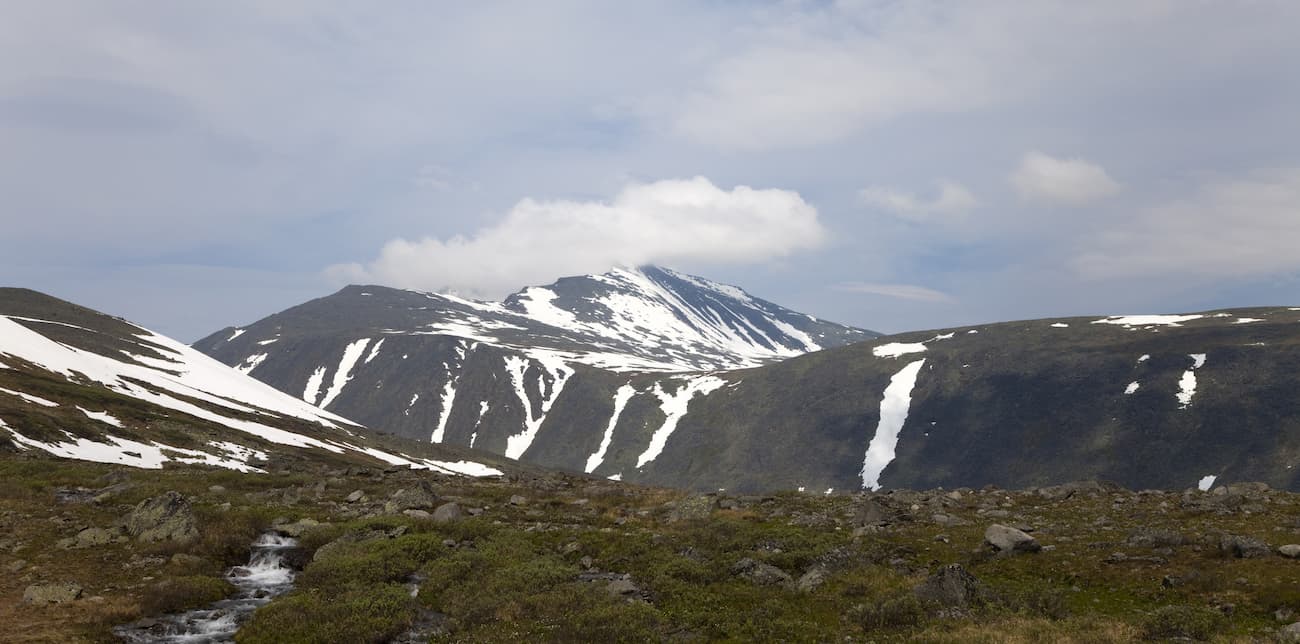
Mesmerizing with its beauty and inaccessibility, it attracts many tourists and fans of active recreation. This majestic mountain is quite remote from the settlements, so getting to it is not an easy task. The mountain is located in the Yugyd Va National Park , so it is necessary to register in advance and get a visit permit from the park administration. How to get to the park administration and get a permit, read the article on the Yugyd Va National Park .
Mountain Zaschita (1,808 m) is the second-highest peak in the Ural Mountains, after Mount Narodnaya . Mysteriously, the name of the mountain, which roughly translates as Defense or Protection Mount, does not correlate in any way with the Mansi names of the nearby mountains and rivers. The origin of the name is unknown. There are some speculations but we will consider just one of them. On the map of the Northern Urals which was made by the Hungarian researcher Reguli the closest peak to Mount Narodnaya was called gnetying olu. Its location coincides with that of the present-day Mount Zaschita . The name gnetying olu in the Mansi can be deciphered as a mountain on which there is some help from ice. The mountain is believed to protect deer grazing on glaciers from mosquitoes. So, early topographers called the mountain more briefly – Mount Defense. Indeed, the slopes of this mountain are covered with a lot of snow and glaciers (the Yugra, Naroda, Kosyu, Hobyu glaciers and others). And it is here that the Mansi shepherds bring their deer which can rest on glaciers and snow. Summarizing all the above, we can say that Zaschita Mount is to some extent protection for deer from mosquitoes. The very name Zaschita appeared on maps with the beginning of hiking tours in the Subpolar Urals.
Mount Neroyka (1,645 m) is 100 km from Neroyka village, the closest tourist base to this peak. In the 1950s, people who were engaged in quartz mining near the mountain worked and lived in this base. Later, a gravel road was built from the village of Saranpaul to the mountain for large-scale development of the quartz deposit. In recent years, the road has not been much used and is practically not cleaned from snow in winter. There has been a plant built 20 km down from the mountain for primary processing of quartz with the use of nanotechnologies. There is an annual big camping event near the mountain. It is organized by the Tourism Department of the Khanty-Mansi Autonomous Area. You can have a 1-hour helicopter ride to the mountain from the village of Saranpaul. Should you wish to fly from the city of Khanty-Mansiysk , be prepared to fly over the taiga for 2.5-3 hours.
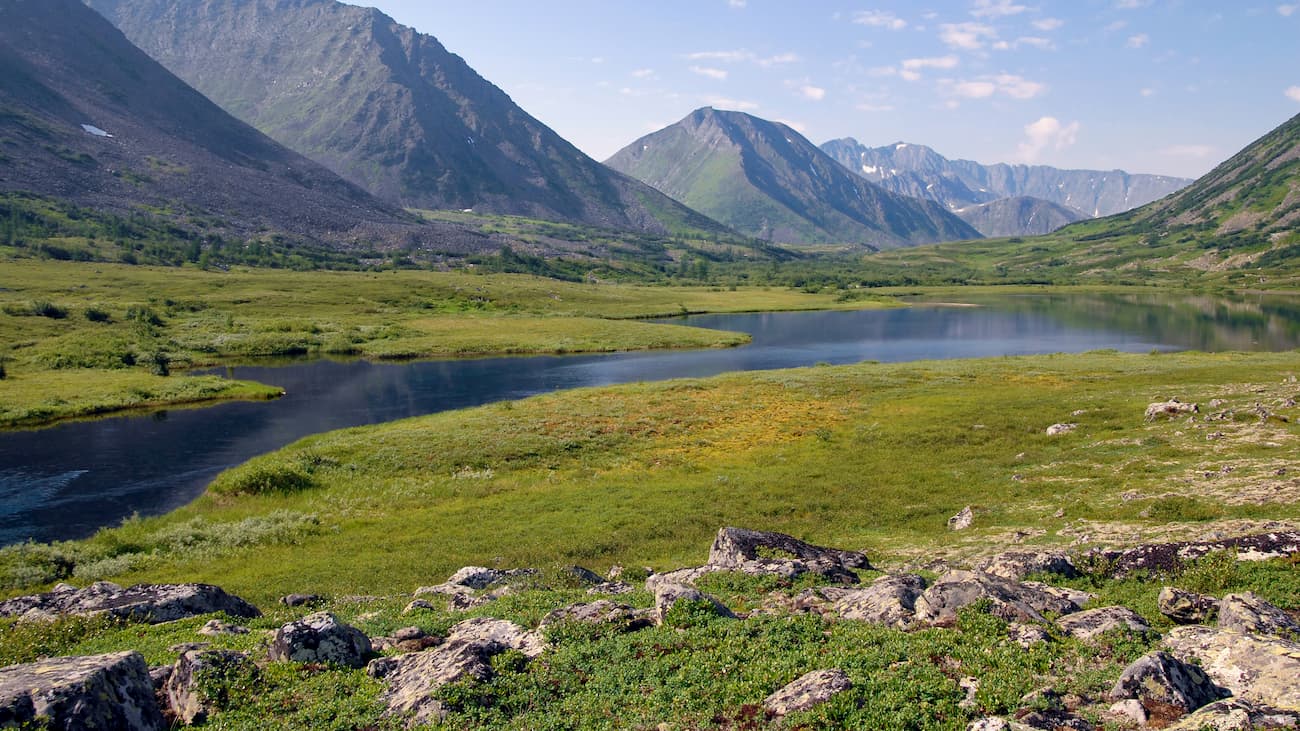
Quite inquisitive tourists happened to discover, by a lucky chance, a Pyramid similar to that of Cheops but four times bigger. It is located on the territory of the Narodo-Ityinsky Ridge. The closest to the pyramid is the village of Saranpaul. The sizes of the found pyramid are as follows: the height is 774 m, in comparison to the Egyptian pyramid which is 147 m; the length of a lateral edge is 230 m whereas the Egyptian pyramid is 1 km. The pyramid is located precisely according to the cardinal directions, there is not a single degree deviation at that. The origin of the pyramid is unknown, scientists are still making assumptions. No traces of human activity were found near the pyramid. The only way to get here at this time is by helicopter.
Samarovskaya Mountain is another wonder that is baffling many people. It is dividing the city of Khanty-Mansiysk into northern and southern parts. Few now living residents know that in the old days the highest part of the modern city used to bear a plural name of the Samarovsky Mountains among which there were Mount Palenina, Komissarskaya, Miroslavskaya, Filinova, and Romanova. Originally, there was a village called Samarovo amidst these mountains. Until now, many issues bewilder both residents and scientists. How could a mountain form in the middle of the West Siberian Plain? What is inside it? Won't the weight of the buildings erected on the top of the mountain affect its height? The uniqueness of Samarovskaya Mountain is that it consists of numerous large stones, boulders, rocks that are absolutely foreign to this area. Scientists have not yet come to a consensus on the mountain’s origin.
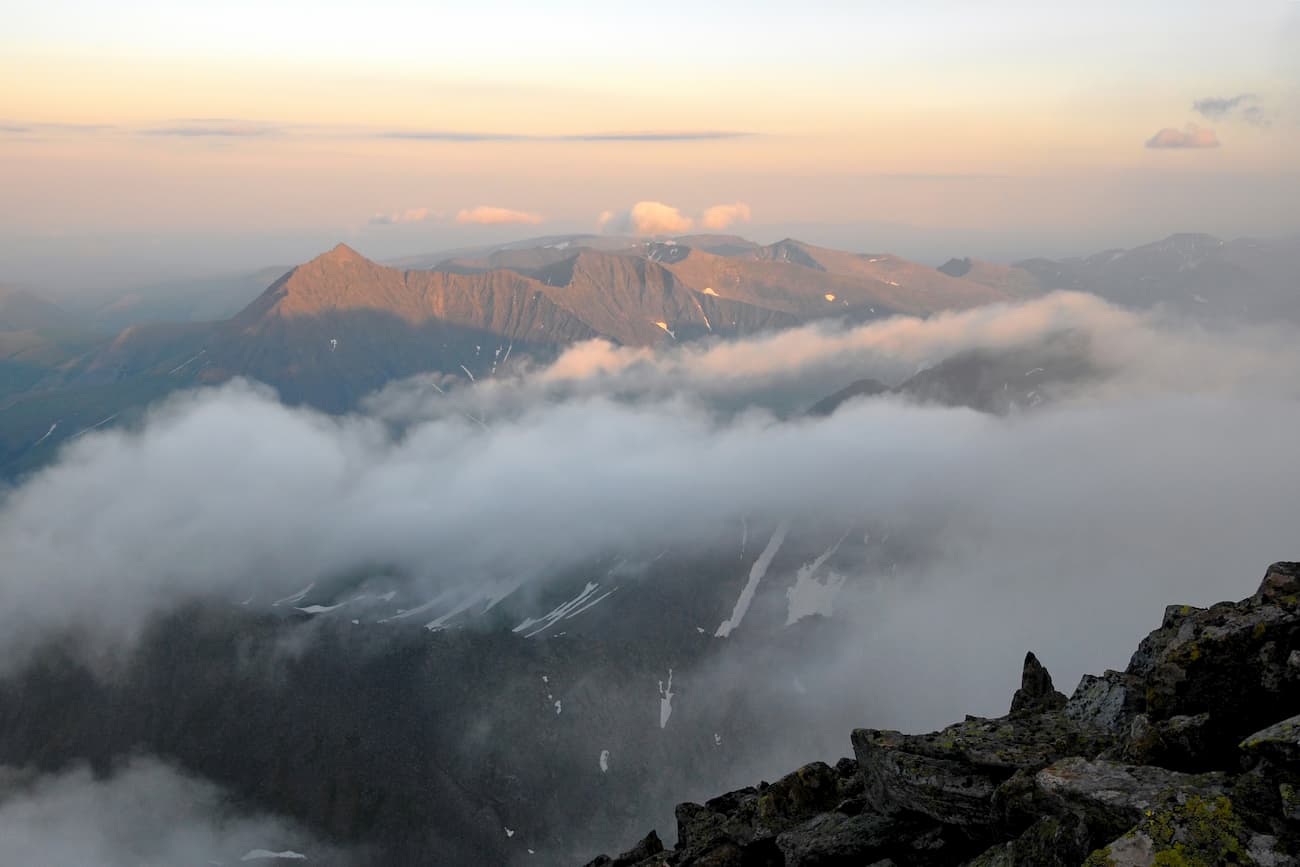
The Yugra is very famous for its ski resorts, the main of which are:
- The Cedar Ravine ski resort (Surgut city, Naberezhny Ave. 39/1)
- Three Mountains (Trekhgorie) ski resort (30 km from Nizhnevartovsk, Ermakovsky settlement)
- Stone Cape (Kamenniy Mys) ski resort (near the city of Surgut)
- Pine Urman ski resort ( Khanty-Mansiysk , Sportivnaya Str., 24)
The far-away lands of the Yugra are the blessed sanctuaries for many animals as the area is rather hostile to a human There are reserves, natural parks, wildlife sanctuaries here that aim to protect the national treasures of the lands. Having visited these regions once, you would crave for coming back again and again to feel that unique sense of unity with nature, to forget about the urban fuss and and hustles whatsoever. The harsh but beautiful nature of this extraordinary area leaves an indelible trace in the soul of every person.
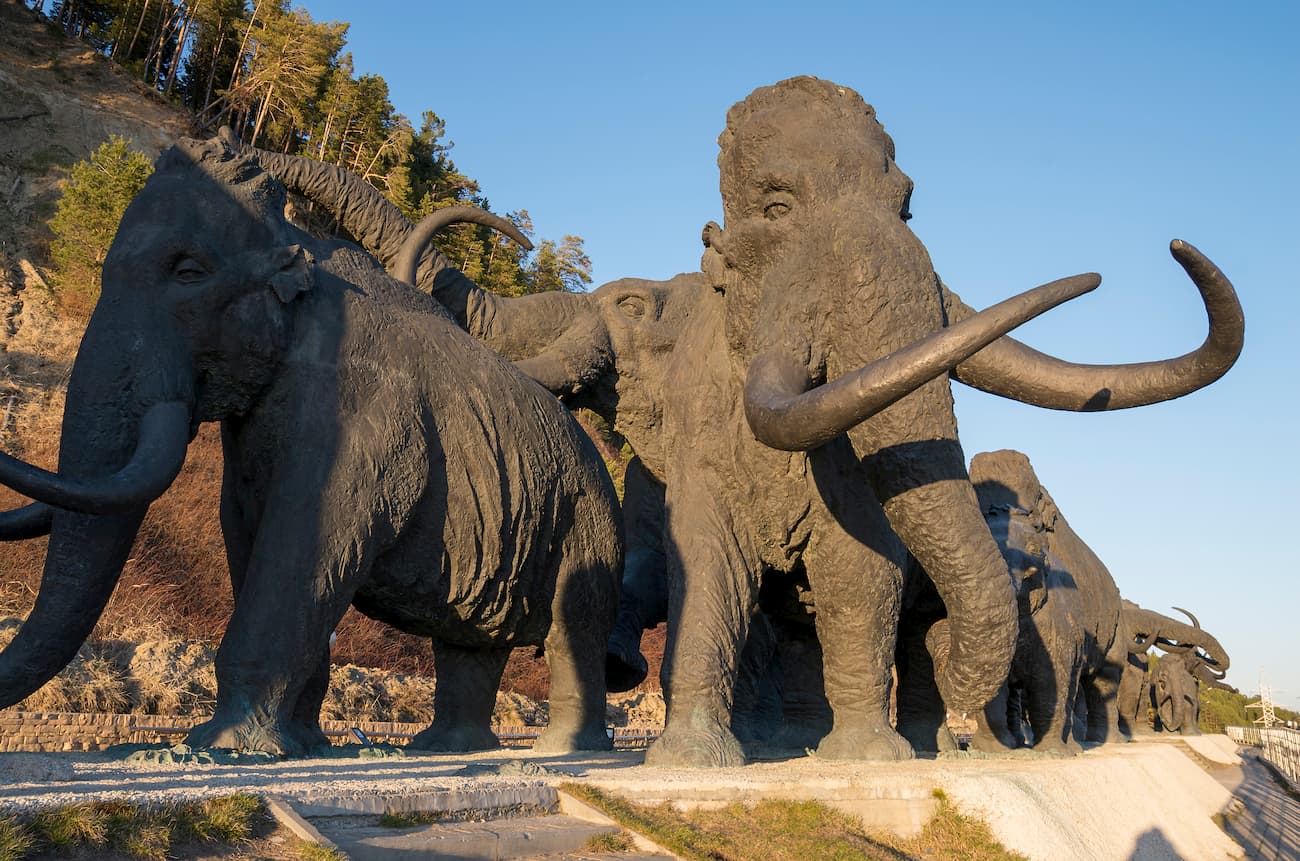
On the territory of the district there are 25 specially protected natural areas, the most famous of them are:
- The reserves are two: the Malaya Sosva Reserve and the Yugan Reserve, the latter was established in 1982 as the largest reserve of taiga landscapes. The purpose of the reserves was to study unobtrusively and carefully preserve the endemic flora and fauna without disturbing natural processes. Hunting and economic activities are prohibited here, which is important for the preservation of natural ecosystems.
- The natural parks are the Samarovsky Chugas Nature Park, the Siberian Sloping Hills (Uvaly), the Numto (also called Lake Numto), and the Kondinskie Lakes.
These reserves and natural parks offer tourists their own excursion programs to make visiting their territory much more enjoyable and educational.
The Samarovsky Chugas Nature Park is located in the center of Khanty-Mansiysk , on a small hill between the Ob and Irtysh rivers.
The territory of the Siberian Sloping Hills (Uvaly) natural park is 350 km away from the city of Khanty-Mansiysk . You can get there by helicopter or by plane. The office of the park is located at 7a Pionerskaya Street, Nizhnevartovsk.
The Kondinskie Lakes Natural Park is located 380 km from Khanty-Mansiysk . Half of the park is covered with swamps, but there is also a recreational area. There you can rest, swim, do some amateur fishing, picking berries (cowberries, cranberries) and mushrooms is permitted. There is only one independent walking route here, it runs for 3 km in the deep forest. It is a cool place for kids since the park is equipped with sports grounds, a pool and a small zoo where the kids can interact with brown bear cubs. What else, try the TaiPark, it is a rope course running at the height of 2.5 meters, having 15 stages, the full length is 125 meters. There is an opportunity to order water walking tours in the town of Sovetsky, which can be reached by train from Khanty-Mansiysk .
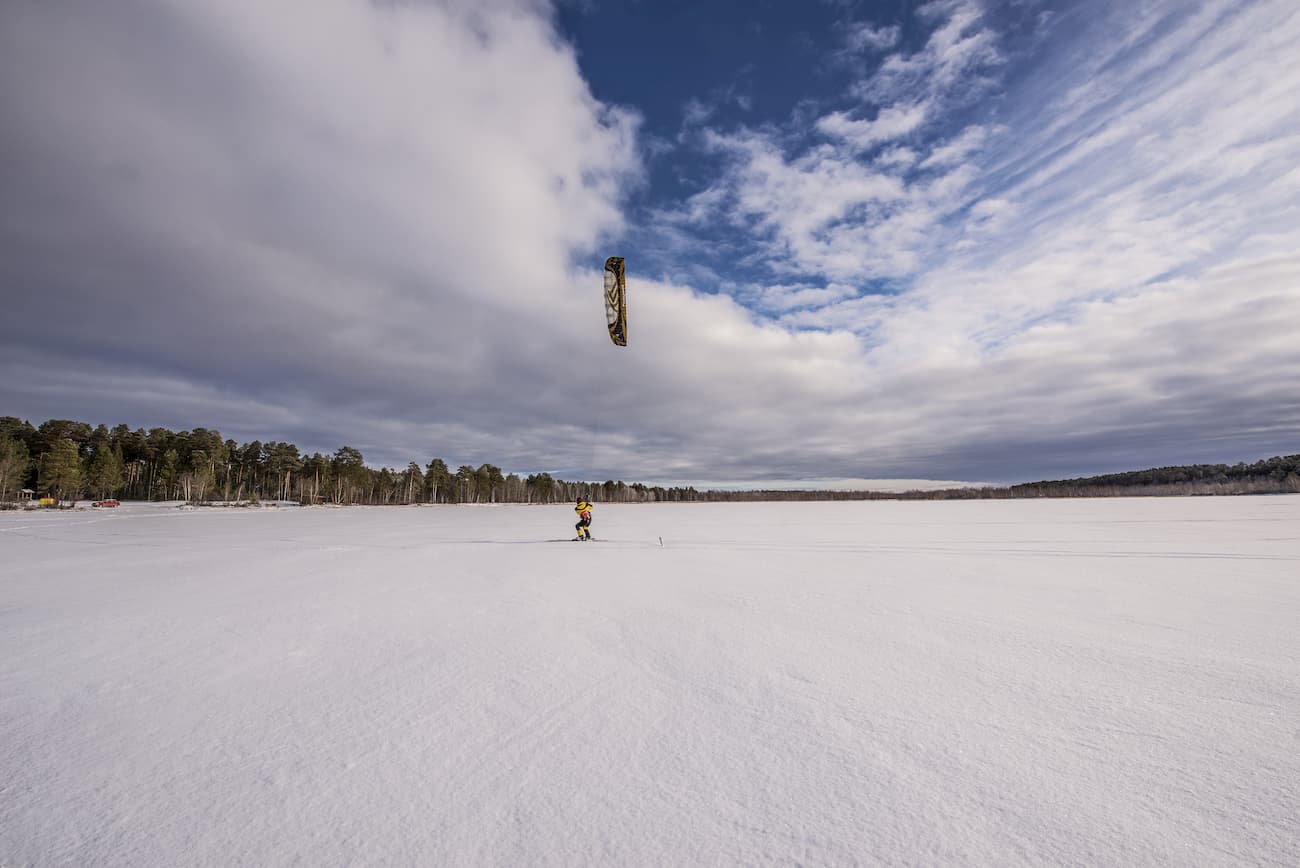
The Numto Nature Park is located almost in the center of the West Siberian Plain, in the Beloyarsk district of the Khanty-Mansi Autonomous Area, 300 km from the city of Surgut and 200 km from the town of Beloyarsk. It is located on the border of Yugra and Yamalo-Nenets Autonomous Area. The administration of the park is located at 2, Beloyarsky micro-district, 4a. The territory of the natural park is a treasure trove of archaeological and ethnocultural monuments. As of today, there have been discovered 20 architectural monuments, including fortified and not fortified settlements, places of worship abandoned by the peoples who lived here from the Stone Age to almost the present day. Researchers have also found 65 monuments of ethnic value, the main of which are worship objects, sacred places and cemeteries.
The Malaya Sosva Reserve includes several subordinated territories and sanctuaries, including Lake Ranghe-Tour. The reserve offers a 4-km walking guided route that gets the visitors introduced to the typical features and characteristics of flora and fauna of the region. The route is called Bear Trail and you can spot bears there (don’t come close though, we’ve already written how to behave if you meet a bear in the wild). Also, you will see the River Malaya Sosva, some marshes, ancient cultural monuments and other nice sights. Permission to visit the reserve can be obtained from the administration of the reserve at Lenina Str. 46, town Sovetskiy.
As to the Yugan Nature Reserve , it is inaccessible to common hikers who are afraid of flying since there are no roads to it. The only way to get there is taking a helicopter ride. You also must obtain a permit in the administration of the reserve, go accompanied by employees of the reserve, and only on special transport of the reserve (motorboat, snowmobile). The central manor of the Reserve and the administration are located in the village of Ugut. To get to this village, you should first go to the town of Surgut, then go to the town of Pyt-Yakh, and from it there is a road to the village of Ugut. It is about 100 km from Ugut to the southern border of the reserve i, and another 25 km to the nearest cordon. The administration works from Monday to Friday. You can request a permit via mail at [email protected] , order a guided tour at [email protected]
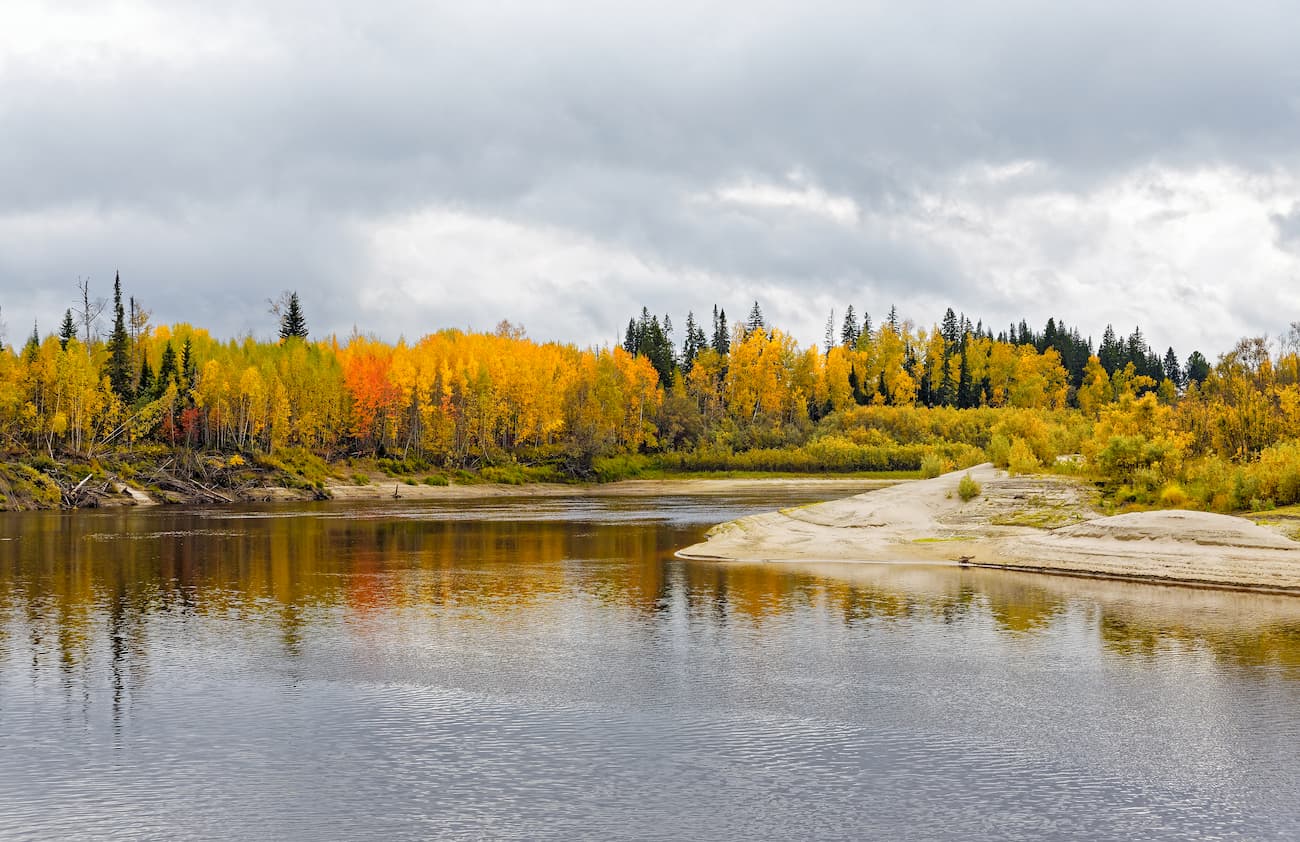
The Yugra lands are heaven for water sports aficionados. They can have some awesome fishing or go rafting along such rivers as: the river Naroda, the Deep Sabun, etc.
The Naroda River is 140 km long. It is the left tributary of the Manya River located in the Ob River basin. The river has its origin on the south-western slope of Mount Narodnaya . It is a mountain-taiga river with rapids, swifts, numerous rolls, which attracts interest among water tourists. However, it is usually not rafted very often.
The Deep Sabun River flows through the territory of the Siberian Sloping Hills Nature Park. The park has developed multi-day water routes. It is possible to raft along the river in summer and to go skiing along it in winter.
The Kondinskie Lakes are a system of lakes along the left bank of the Konda River. The largest lake is the Arantur, with pine forests on the northern side and sandy beaches well equipped for a nice relaxing me-time. The water heats up well in summer. The small river Okunevaya and the river Maly Akh flow into the lake. The Maly Akh comes in on the west side and connects lake Arantur with Lake Pon-Tour. This lake is the richest in fish, and there is also a parking lot for fishermen here. The streams connect Pon-Tour with small lakes Krugloe and Lopukhovoye. When you look at Lopukhovoe lake, you feel as if you have found yourself in a fabulous place: more than half of its surface is covered with white lilies, as well as yellow flowers of the water-beans. Then the river Big Akh, which flows into the river Konda, connects all the lakes into a single system. Along the river there are many archeological monuments such as forts and settlements which have paths to them. The southernmost lake of the park is Ranghe-Tour.
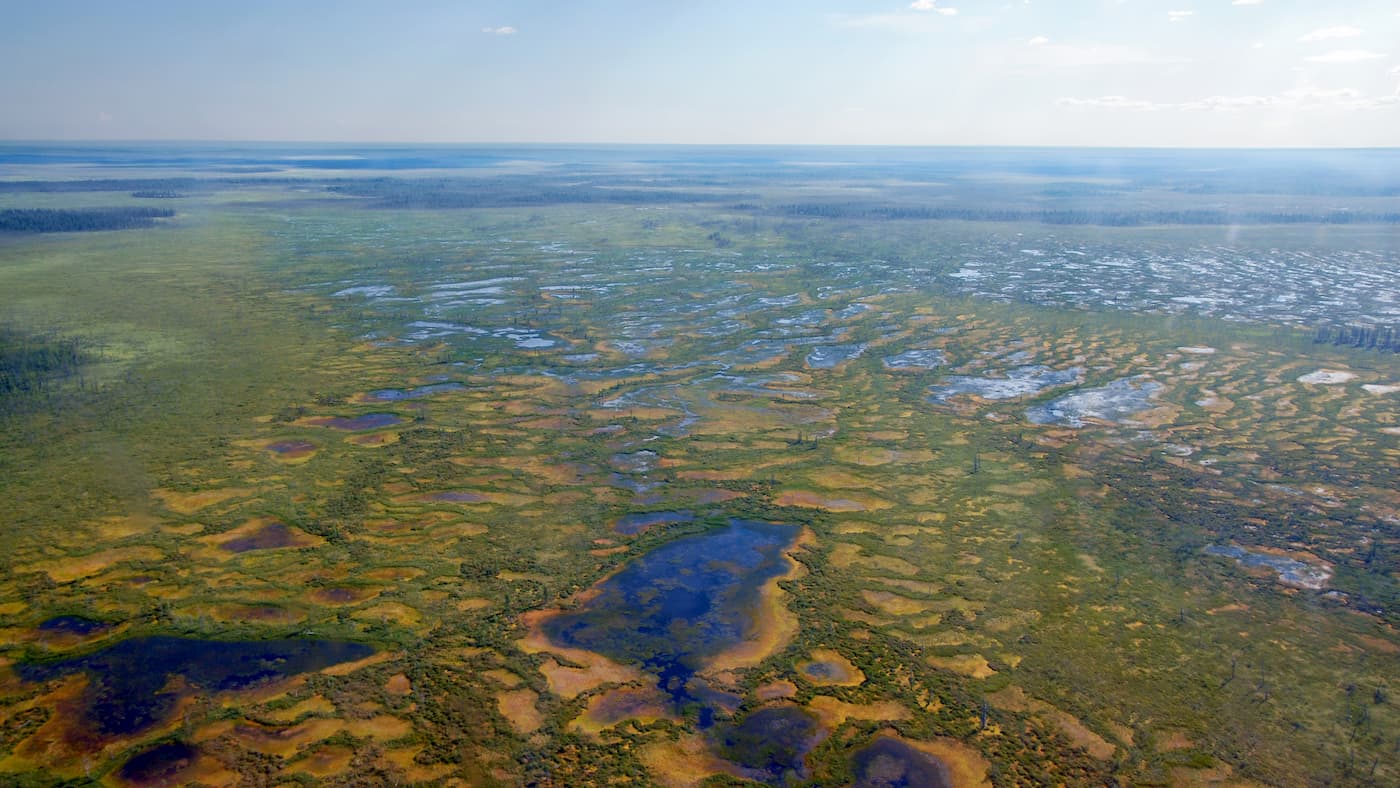
Yugra is not the easiest destination and not the most accessible, but the effort is well worth it. You should first get to the capital of Khanty-Mansiysk Autonomous Area – the city of Khanty-Mansiysk either by air or by train.
Khanty-Mansiysk is based on the premises of the former village Samarovo founded in 1582. It used to be the territory of the Khanty people and a pit stop for coachmen who rode their wagons across the country. The village was founded by Russian Count Samara, thus the name Samarovo. The modern city actually began to develop in 1930 because amidst the Siberian taiga there finally started to appear stone houses on the high bank of the Irtysh River. In 1940, the village was renamed into Khanty-Mansiysk by the name of the peoples living on this territory – the Khanty and the Mansi, and in 1950 it received the status of a town.
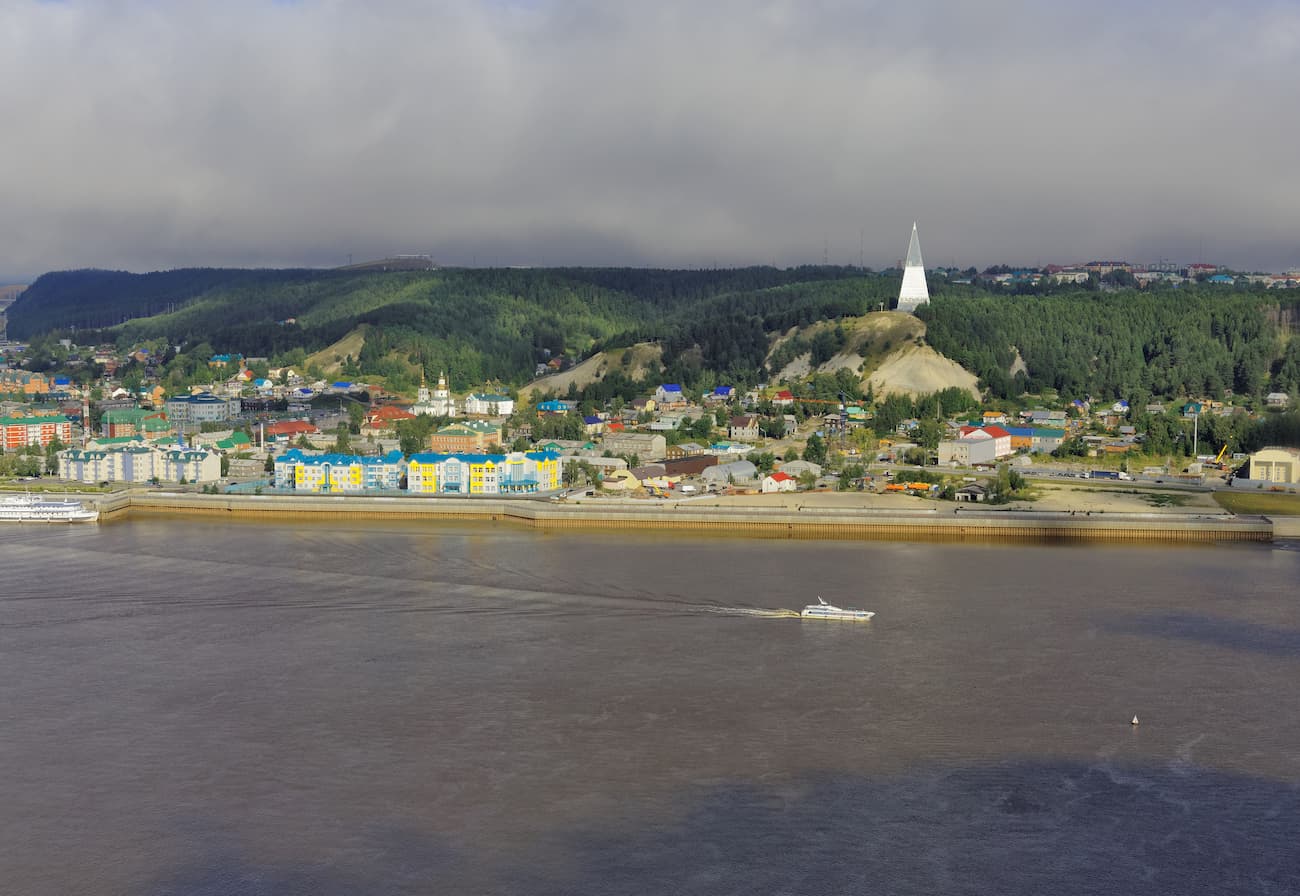
The city has several attractions. Mount Samarovskaya is probably the biggest natural and scientific wonder. It divides the city in two parts and causes many concerns for urban developers who always wonder whether this mountain can move making the buildings slide or even sink in.
Another beauty is the century-old cedar grove that is within the city limits. The grove is a part of the natural park Samarovsky Chugas. The word chugas in the language of the Khanty means a lonely hill in the low river floodplain.

The park is one of the main attractions of the city, it hosts an open-air ethnographic museum called the Torum Maa, a cultural and tourist complex called Archaeopark, a biathlon center. Kids and adults, nature lovers and fans of culture love this place dearly.
A memorial sign to Yugra's discoverers is installed on top of the Samarovsky Chugas. It is a tall stele pyramid divided into three portions. On the lower level, there is a restaurant, on the second level is a small museum, and on the third level there is an observation deck, 40 m above the ground, with a magnificent view of the Irtysh River and the river port. The pyramid is decorated by the bas-relief depicting the discoverers of the region, from the 16th-century Count Samara to the geologists of the 20th century.
Another trademark of Khanty-Mansiysk is the State Museum of Nature and Man. The museum hosts a gallery and a workshop of a famous artist G. Rayshev.
The city has a lot of small monuments generously spread around the city. There is the Khanty family resting on a camp, this monument is near the airport building. You can take a pic at the Golden Tambourine located at the intersection of Gagarin Street and Mira Street. Connoisseurs of culture should also visit the Sun – the Theatre of Ob-Ugrian Peoples, it is the world's first professional theatre of Khanty and Mansi peoples. And if you are travelling with kids, the Khanty-Mansiysk Puppet Theatre is a must-visit. In the period from May to October, you can take a boat ride to the confluence of two rivers – the Ob and the Irtysh. Yugra Service Co. operates such cruises, you can find more information locally at their address Tobolsk Trakt street 4, Khanty-Mansiysk .
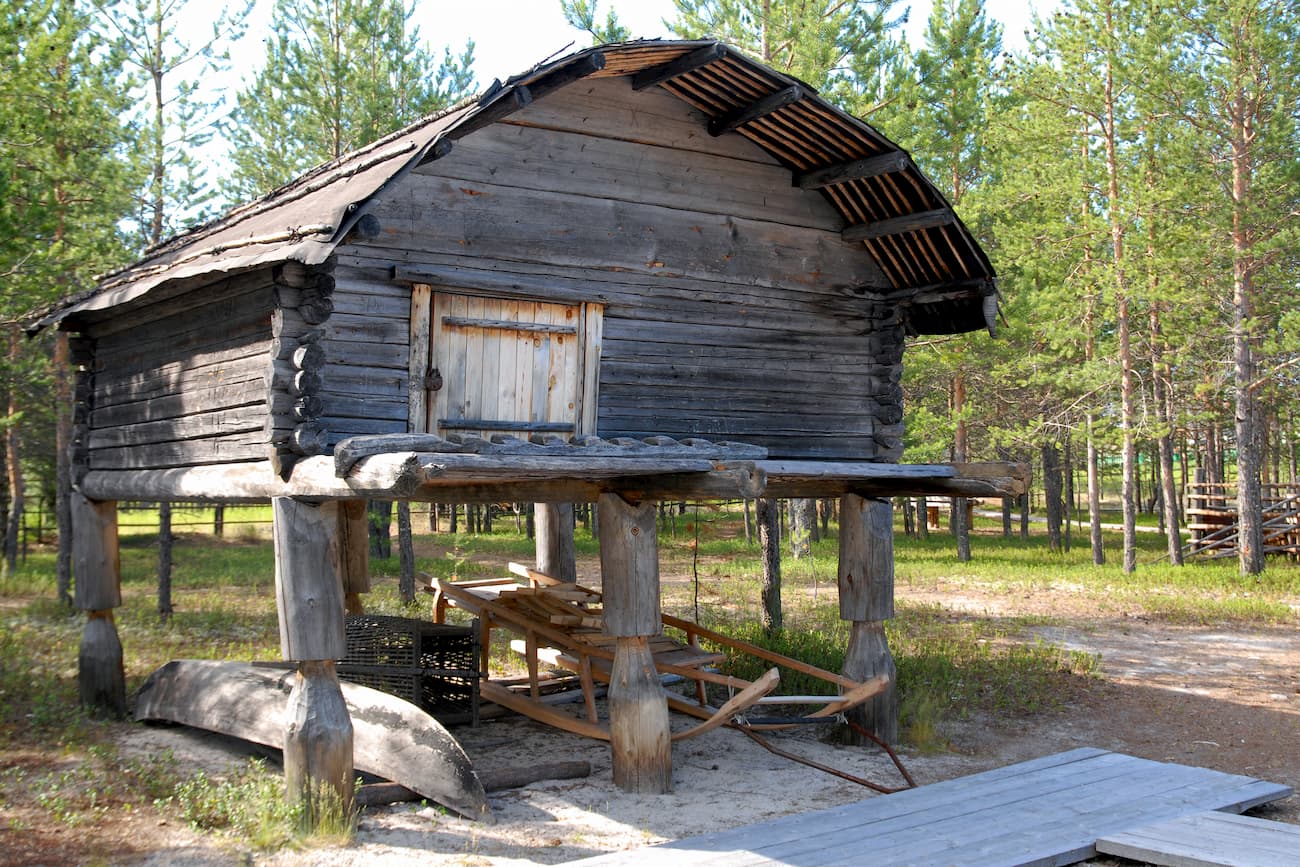
Explore Khanty-Mansiysk Autonomous Okrug – Ugra with the PeakVisor 3D Map and identify its summits .

PeakVisor Hiking Maps
Be a superhero of outdoor navigation with state-of-the-art 3D maps and mountain identification in the palm of your hand!
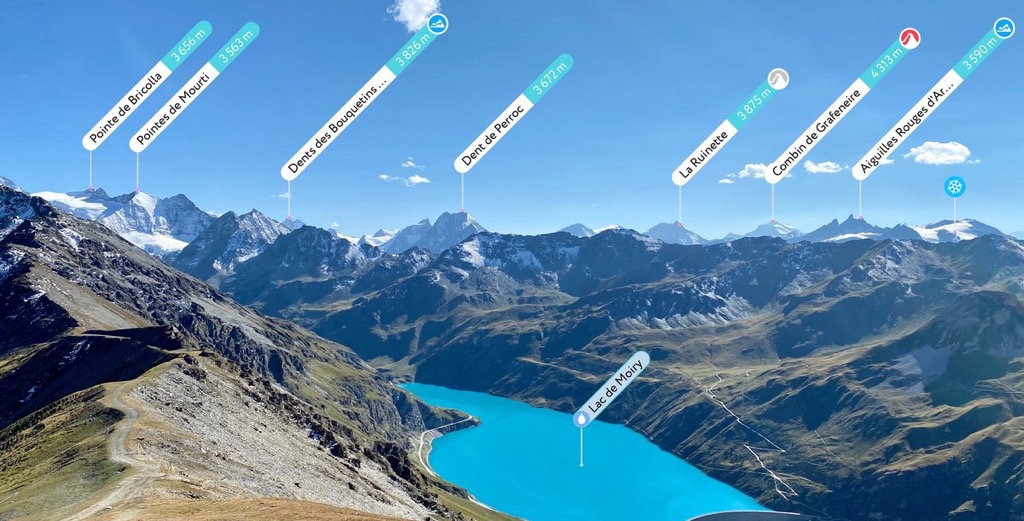

IMAGES
COMMENTS
Cancún, Quintana Roo, Mexico. Jan 26, 2024. Dave Matthews. The Canyon Agoura Hills. Agoura Hills, California, United States. Nov 03, 2023. Rock & Roll Hall Of Fame Induction Ceremony. Sheryl Crow / Missy Elliott / Willie Nelson / Chaka Khan / Elton John / Dave Matthews / H.E.R. / St. Vincent / New Edition / Chris Stapleton / Olivia Rodrigo ...
Dave Matthews Band has had 2,545 concerts. Dave Matthews Band is most often considered to be Rock, Pop Rock, Alternative Rock, Alternative, Jam Band, Neo Mellow, Jazz Rock, Acoustic Rock, and Jam. The next Dave Matthews Band concert is on August 23, 2024 at Fiddler's Green Amphitheatre in Englewood, Colorado, United States.
the dave matthews band tour almanac. home | contact | submit | support us | about: Tours / Stats: Songs: Lyrics: Guests: Venues: ... Dave Matthews & Tim Reynolds - DMBlive Vol. 5: (George M. Holmes Convention Center) Appalachian State University - Boone, NC - Mar. 29, 2003 ... KFOG: Live From the Archives 10th Anniversary CD
the dave matthews band tour almanac. home | contact | submit | support us | about: Tours / Stats: Songs: Lyrics: Guests: Venues: Search: Discography
The Dave Matthews Band on their 2001 Summer Tour, featured on an extended episode of KFOG's Live From The Archives, hosted by Annalisa.DMB toured the US and Canada to promote their latest album, Everyday, released in Feb. 2001.The band played songs from this album and others on this tour and concert broadcast.
Cancun, QR. With special guests Lord Huron, Hermanos Gutierrez, Sierra Hull, and Karina Rykman. Buy Tickets. Dave Matthews Band (also known by the initialism DMB) is an American rock band formed in Charlottesville, Virginia, in 1991.
Setlist. Dave Matthews Band (also known by the initialism DMB) is an American rock band formed in Charlottesville, Virginia, in 1991.
Get Dave Matthews Band setlists - view them, share them, discuss them with other Dave Matthews Band fans for free on setlist.fm! ... Artist: Dave Matthews Band, Tour: Summer Tour 2024, Venue: Bank of New Hampshire Pavilion at Meadowbrook, Gilford, NH, USA. Set Times: Doors: 5:30 PM. Show: 8:45 PM - 11:15 PM. JTR;
Dave Matthews, Dave Matthews Band, dmb, downloads, lyrics, tabs, forum, setlists, tour dates, artwork, cover art. AntsMarching.org. Join the Ants Community! Login. News. News Search; News Archive; RSS News Feed; Forum-Forums Home--Dave Matthews Band Forum---Tour Forum ---New Album Forum---Ticket Exchange Forum---2021 Shows (Torrents) --Non-Dave ...
Dave Matthews Band 1995-05-14 Mesa Amphitheatre Audio With External Links Item Preview
Dave Matthews Band 1994-11-20 Vail Marriott Audio With External Links Item Preview
Dave Matthews Band fans, mark your calendars. May 19, 2023 is both the kickoff of the band's summer headlining tour AND the release of their 10th studio album, Walk Around The Moon. After a handful of dates in Mexico, the extensive run will start in The Woodlands, Texas and include multiple two-night stays. The tour wraps with three nights at ...
Along with Dave Matthews Band and its members, the fund has raised over $65M and made over 2600 grants. DMB is committed to sustainable touring in partnership with Reverb, protecting the environment and combating climate change. The band has partnered with the The Nature Conservancy to plant a million trees a year since 2020, totaling almost 4 ...
Dave Matthews Band was formed in Charlottesville, VA in 1991 by South African native singer and guitarist Dave Matthews, bassist Stefan Lessard, the late LeRoi Moore, who played a wide variety of instruments from the saxophone to the flute, violin player Boyd Tinsley, drummer Carter Beauford, and keyboardist Peter Griesar (who left the band in 1993), all of whom Dave met in Charlottesville.
Dave Matthews Band Tour
Dave Matthews Band Tour Posters. This is an archive of DMB posters spanning from 1992 through this years tour. In the 90's many "posters" were simply advertisements in local papers, flyers, ect. Any other official posters that could be purchased were generally as part of a festival or event DMB was part of. In 2003, Steve Keene created a series ...
It was 20 years ago when a Dave Matthews Band tour bus dumped 800 pounds of human waste onto dozens of people under the Kinzie Street Bridge in Chicago while they were out sightseeing on a tour ...
Dave Matthews Band has sold more than 25 million tickets since inception, making them the second largest ticket-seller in history. Matthews recently spoke with The Wall Street Journal about the band's new album, Walk Around The Moon, and their passion for touring. Archive details for Dave Matthews Band Concert tour 24th April 2024 to 25th April ...
Dave Matthews Band, which plays MidFlorida Credit Union Amphitheatre in Tampa, Florida on May 22, 2024. It's hard to believe, but Dave Matthews Band has only released 10 albums in its storied 30 ...
Khanty-Mansiysk - Overview. Khanty-Mansiysk is a city in Russia, the administrative center of the Khanty-Mansi Autonomous Okrug - Yugra. This is one of the oldest, most beautiful, and unusual cities in Western Siberia. Located on seven hills about 20 kilometers from the confluence of two great Siberian rivers - the Ob and Irtysh, it has a unique natural landscape.
The largest cities of Khanty-Mansi Autonomous Okrug - Yugra are Surgut (396,000), Nizhnevartovsk (280,800), Nefteyugansk (128,700), Khanty-Mansiysk (106,000), Kogalym (69,200), Nyagan (58,500). Today, only about 32,000 people are representatives of indigenous peoples: Khanty, Mansi and Nenets. Half of them live in the traditional way.
The Khanty-Mansi Autonomous Region (Yugra) is located in the centre of the West Siberian Plain. It borders on the Yamal-Nenets Autonomous Region in the north, the Komi Republic in the northeast, Sverdlov Region in the southwest, Tobolsky Region in the south, and Tomsk Region and Krasnoyarsk Territory in the southeast and east.
The Khanty-Mansiysk Autonomous Area (KhMAO) was established in 1930. Its name comes from two main northern indigenous peoples - the Khanty and the Mansi. From 1944 it was legally part of the Tyumen Region, but in 1993 the Area received autonomy and became a full-fledged territorial entity of the Russian Federation.